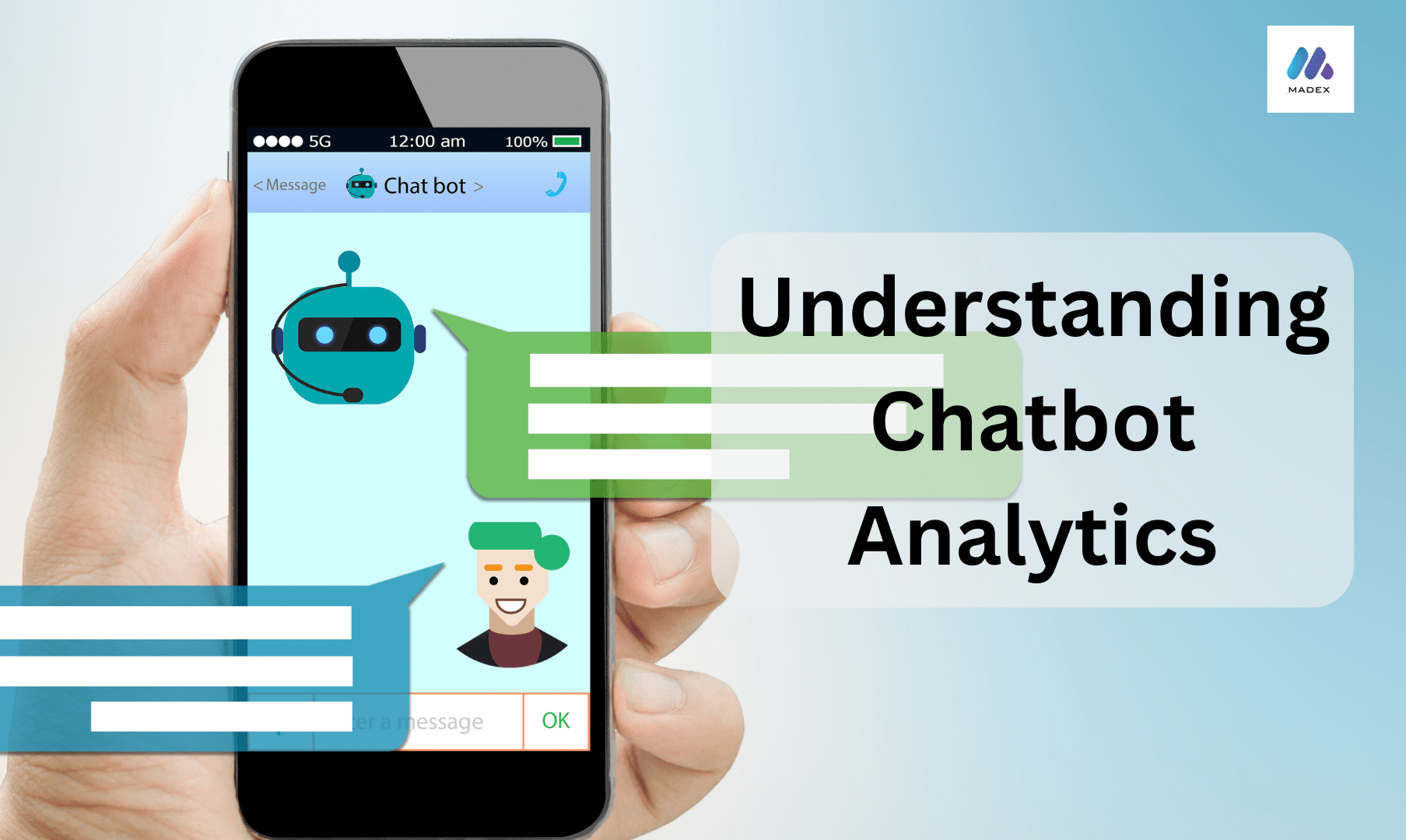
Understanding Chatbot Analytics
Nowadays, AI chatbots are a comprehensive feature that helps improve customer experience and accelerate business processes. However, to make these chatbots work efficiently, it is necessary to discuss chatbot analytics that gives information regarding users and the working of chatbots.
Contents
Importance of Analytics in Chatbot Management- What is ai chatbot
The key to the successful management of the chatbot is advanced analytics. By monitoring and analyzing chatbot interactions, businesses can:
- Enhance User Experience: Find out if the conversational flow has had breaks and settle all accounts by responding to user questions.
- Optimize Performance: Identify the areas that need enhancement in the chatbot, from which efficiency is likely to be realized.
- Measure Success: Consider to what extent it fulfills predetermined business goals, be it lead capturing or cutting costs of supporting customers.
Chatbot KPIs that Need to be Measured
To gain a holistic view of a chatbot’s performance, it’s essential to monitor the following metrics:
- Total Number of Conversations: This metric helps to see how popular your chatbot is by showing how often users start chatting.
- Engaged Conversations: Records more than simply the first conversation about the user, this is important in showing the ability of the chatbot to keep the user’s attention.
- Unique Users: Obsolete if many people use your chatbot; it shows the number of unique clients who interacted with it.
- Average Conversation Length: Determines the length of contact, which aids in the evaluation of the efficacy of brief (possibly ineffective) talks and extended complex (possibly) talks.
- Missed Messages: Records situations when the chatbot could not understand the questions made by users which inform the evaluator where adjustments need to be made.
- Human Takeover Rate: This gives an idea of how frequently an actual human has to get involved, which says a lot about the chatbot’s capability of providing answers that aren’t simplified.
- Goal Completion Rate (GCR): Measures the satisfaction level of the extent to which the users get what they want or need during the conversations, equivalent to the efficiency of the chatbot.
- Customer Satisfaction Scores: Collects users’ impressions after the interaction to assess their level of content and to define necessary improvements.
- Average Response Time: Estimates the time the chatbot takes to answer the inputs made by the users and the extent of satisfaction by the users as a result.
Tools for Chatbot Analytics
Several tools can assist in monitoring and analyzing chatbot performance:
- ChatBot’s Analytics Dashboard: It helps in determining the total number of chats, user engagement, and the most popular interaction.
- BotCore’s Analytics Tool: Offers insights for usage patterns, conversation sequences, and sentiment analysis required for optimizing chatbot performance.
- EBM’s Analytics Platform: Empowers the student in delivering data on the intent of the user, rate of conversion on the intended product/ service, and conversation trend which can be used to make strategic adjustments.
Interpreting Chatbot Data for Improvement
Analyzing the collected data allows businesses to:
- Identify Common Queries: Identify common questions that will help the chatbot to improve its database.
- Refine Conversation Flows: This is to be done in order so that the scripts will be tweaked to facilitate better communication with the users and to minimize levels of frustration.
- Enhance Response Accuracy: The suggestions should be used to teach the chatbot better how to answer more accurately.
- Reduce Human Intervention: Enhance the journeying of the chatbot to address diverse queries so that human takeover is rarely required.
How Analytics Influence Chatbot Strategy
Incorporating analytics into your chatbot strategy ensures:
- Continuous Improvement: Analysis of customer data for using the chatbot helps in updating it periodically and keeps it more effective.
- Alignment with Business Goals: Helps to specify possible objectives like customer satisfaction or improving the performance of the company’s operation and check if the chatbot brings positive results.
- Proactive Issue Resolution: If problems are detected at an early stage through the results of analytics, it is possible to prevent a deterioration in performance.

